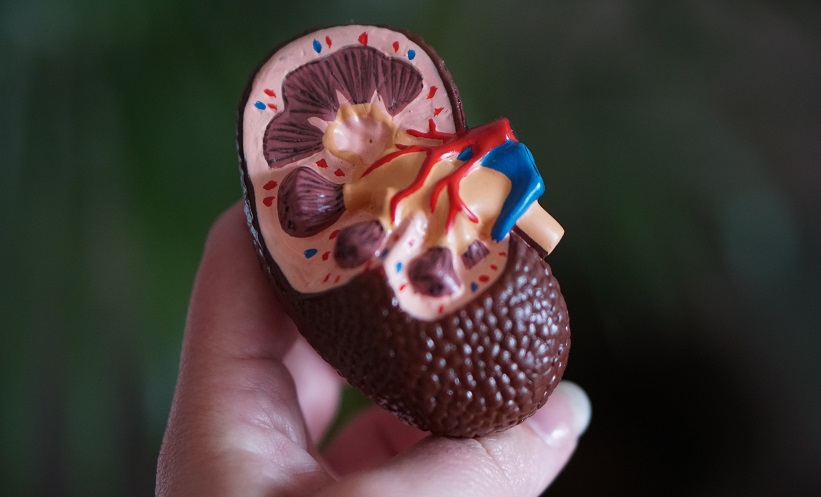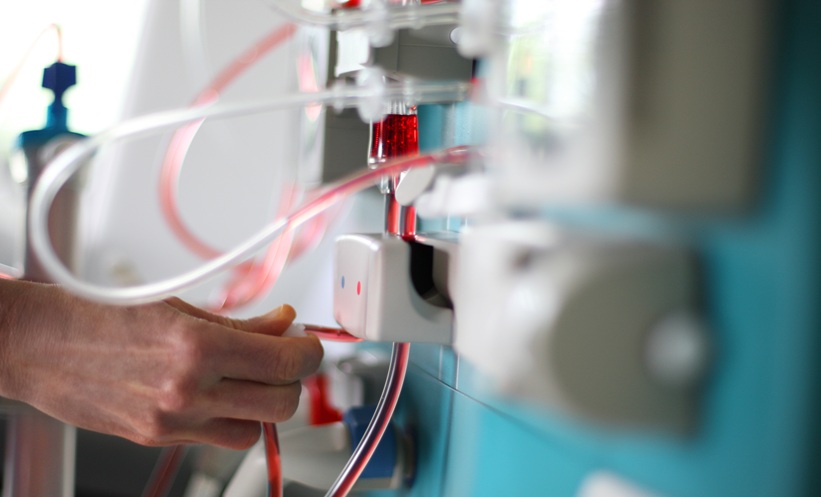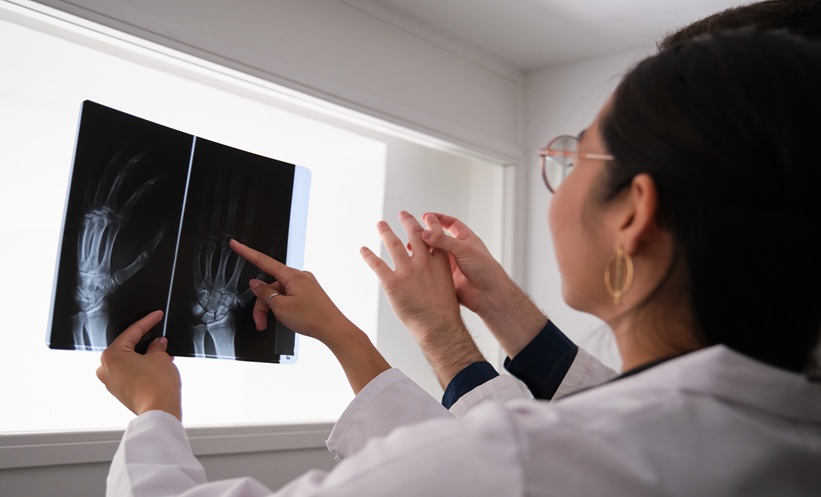A NEW technique involving ultrasounds allows for the removal of kidney stones without anaesthesia. The incidence of kidney stones is increasing, and up to 50% of patients who experience kidney stones will experience a recurrence within 5 years and, furthermore, nearly one-fourth of patients with kidney stones eventually require surgery. Unlike the current standard procedure, shock wave lithotripsy, which requires sedation, this new technique is painless and can be done while the patient is awake. The physician places a handheld transducer on the skin and directs ultrasound waves towards the stone. The stones can either be moved and repositioned in a way that promotes their passage (ultrasound propulsion) or broken up (burst wave lithotripsy).
The development of this technique started through a National Aeronautics and Space Administration (NASA)-funded study to find out if kidney stones could be moved or broken up without anaesthesia on long space flights. Lead author Kennedy Hall, University of Washington Medical Center, Seattle, USA, and their team conducted a study to test the feasibility of the technique in unanaesthetised patients. Out of the 29 participants, 16 were treated with propulsion, and 13 were treated with a combination of propulsion and burst wave lithotripsy. The stones moved in 19 patients, and in two patients they moved out of the ureter into the bladder. In seven cases, the stones were fragmented through burst wave lithotripsy. At a 2-week follow-up, 86% of patients whose stones were located closer to the bladder had passed the stones, with an average time of approximately 4 days.
The team hopes that this technique can be used in a clinic or emergency room setting. The next step for the researchers would be a clinical trial with control group, to evaluate to which degree the technique aids stone passage.







